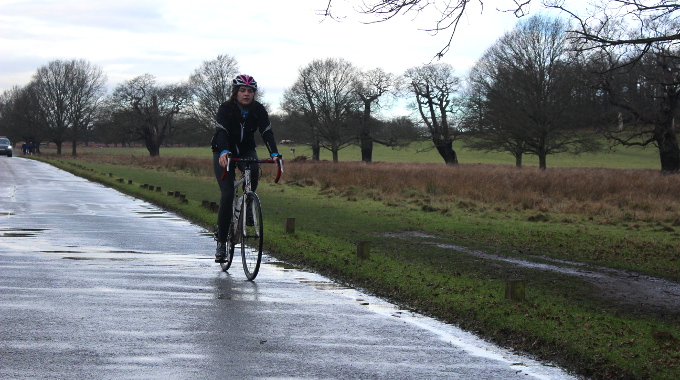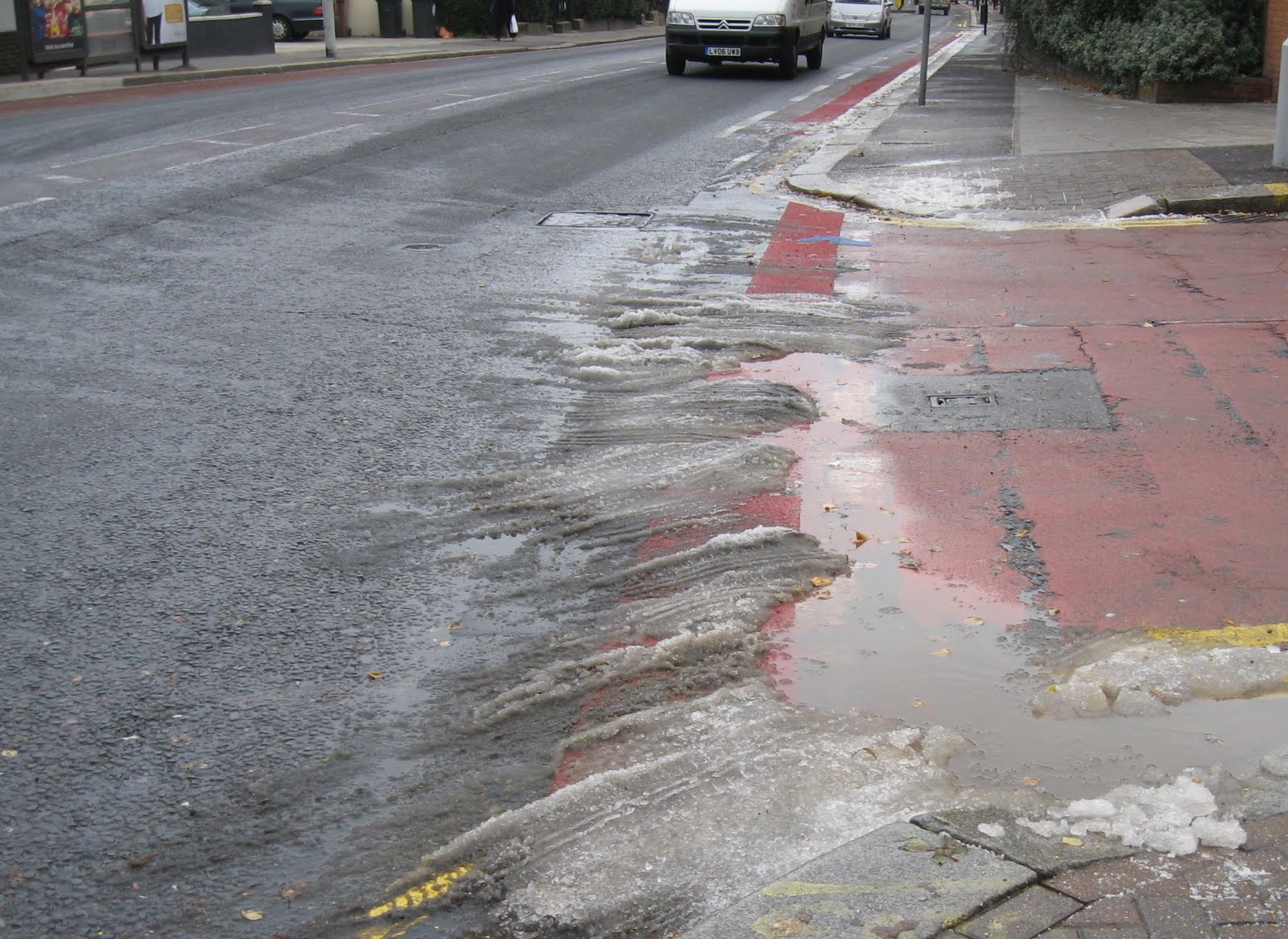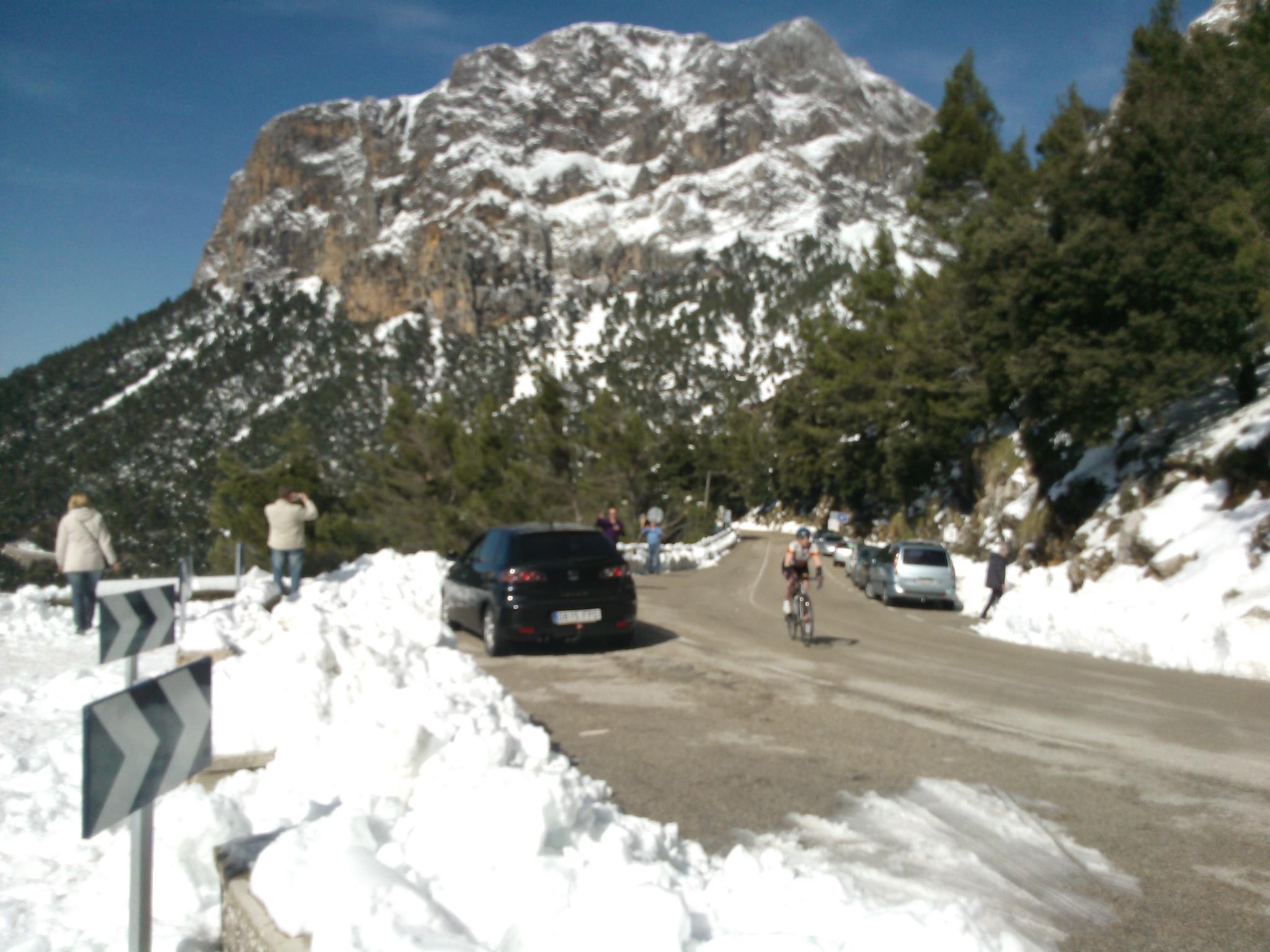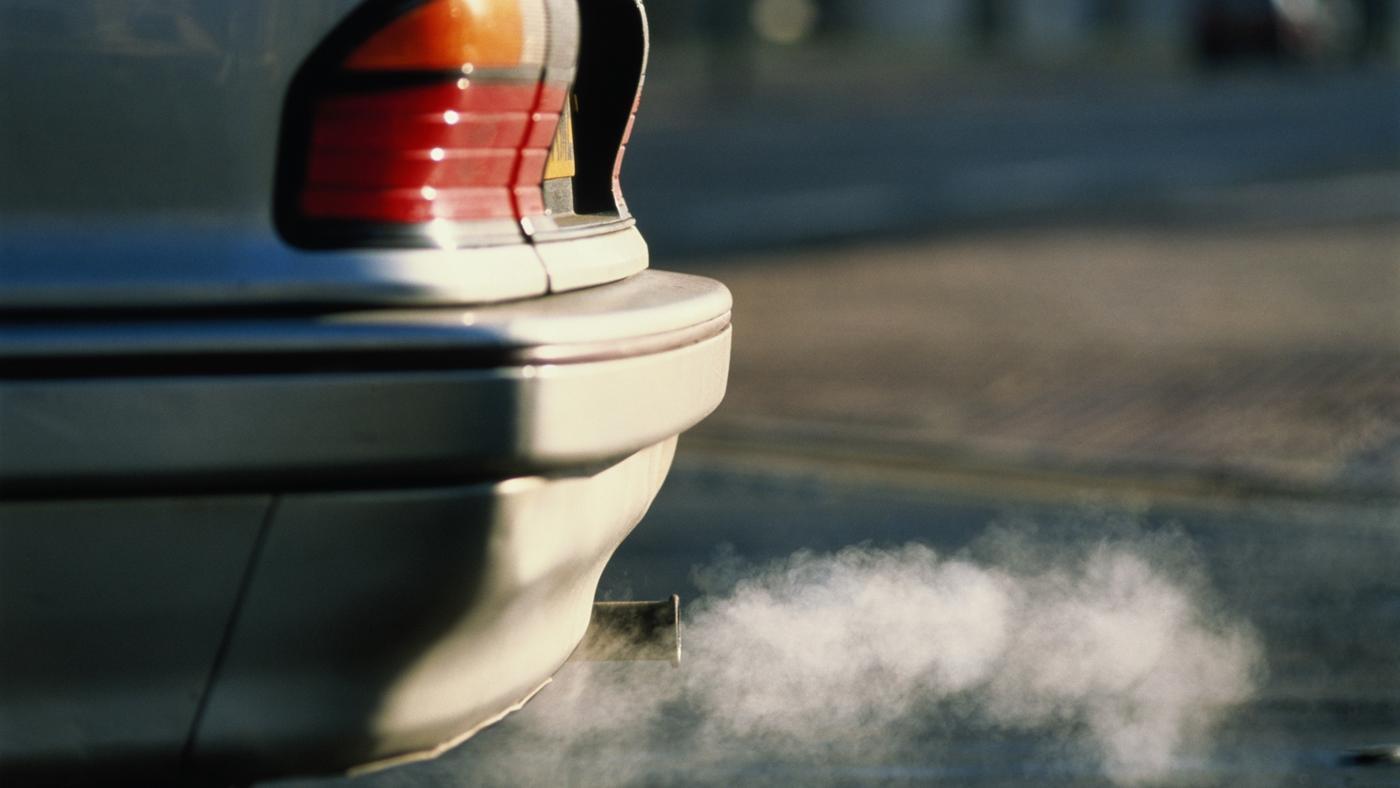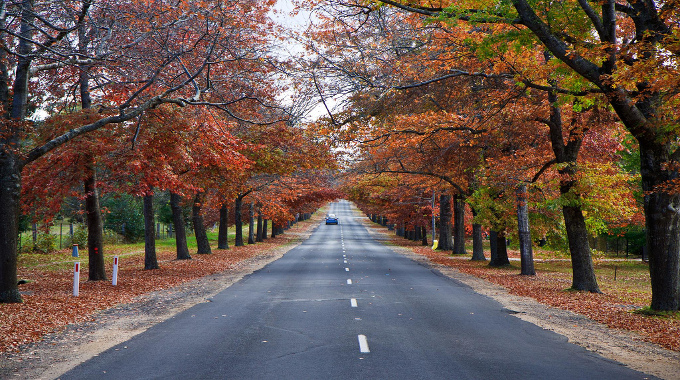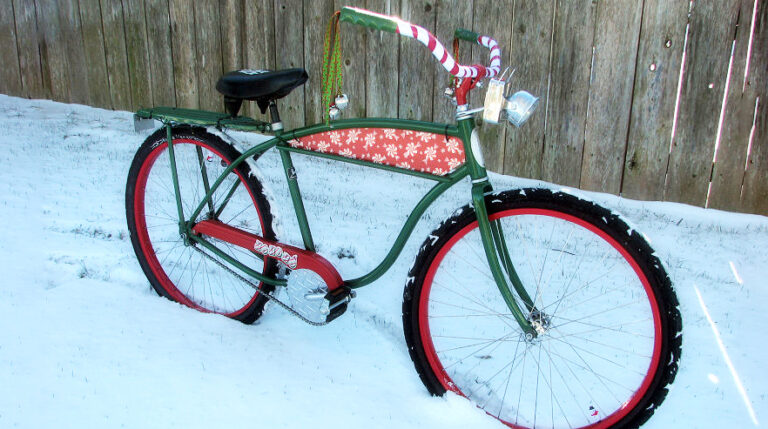Nine months of the year, we’re all about encouraging our readers to get out and ride. However, in the very depths of winter when ice becomes a genuine risk we’d rather make sure our TWC community exercises precaution to stay rubber side down.
The mercury dropped dramatically last week, and we’ve already seen our Facebook and Twitter feeds awash with riders sharing the effects of unfortunate tussles with the slippery stuff.
The best way to avoid falling on ice is to stay indoors until the sun has been awake for long enough to melt the stuff. However, that’s not always possible, and on some county lanes you’ll find sheet ice remains all day.
We’ve got a post on precautions to take here, but the basic rules of thumb are:
- Ride later if you can, when temperatures have risen. If you can’t do that, stick to busier roads, where cars will have warmed the road surface and gritters might have been out in force
- If you’re not commuting, and just after a fitness fix, ride indoors or try going off-road
- Riding in a group means you’ve got people to look out for you, but increase distances between riders, so you’ve got more room to brake if one of your group goes down (better one than all of you!)
- Reduce your speed and assess the road surface closely, don’t brake suddenly and avoid sudden changes in direction
- Reduce tyre pressure, to increase your contact with the ground, and ideally ride with wider tyres than you would in the summer
Following these basic guidelines will help to keep you safe. But there are some specific road surfaces, situations and areas where you need to take particular care. These are….
When riding over bridges and overpasses
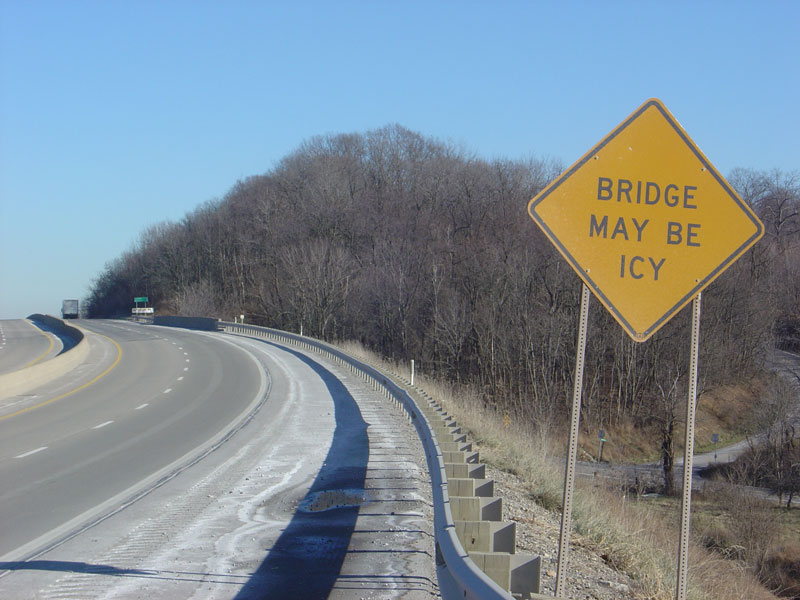
Bridges and overpasses can serve as great barometers for how likely ice is elsewhere. In both cases, the section of road is attacked by cold winds from above and below – losing heat from both surfaces and taking much longer to warm up. On a normal road surface, heat from underneath can melt ice more quickly, but bridges don’t have this luxury – and they’re often made from concrete and steel, which loses heat from the surface more quickly. Bottom line: be really careful. On the plus side, most bridges are straight, so you’re less likely to run into trouble trying to corner on a potentially icy surface.
Try to ride away from the edge of the bridge, sticking to closer to the centre where cars have travelled. Keep moving in a straight line, and stop and walk (ideally on the pavement) if you have to.


